にしじんおり
Nishijin-Ori
西陣織
京都府
高度な紋織りで京都伝統の雅を表現。
京都の機業は平安時代に「織部司」が設置されたことをきっかけに宮廷工業として発展してきました。「西陣織」という呼び名は、室町時代の応仁の乱が終わった後に、西軍の本陣(西陣)が構えていた付近に戦禍を逃れて離れていた職人達が集まり、織物業を再開したことがきっかけとなったといわれています。江戸時代には明の技術を学び、幕府の保護を受けるなどして高機を用いて金襴、緞子、絽などのほか、多色の糸で文様を織り出した唐織錦や綴錦など高級紋織物を生産。明治以降はジャカード機の導入により製品の種類が飛躍的に増加しました。
西陣織の特徴は複雑な文様を表現する紋織で、何千本もの経糸を上下させ、何十種類もの緯糸を一本ずつ通して複雑な模様を織り上げます。
Nishijin-Ori
Kyoto
Developed as a court industry, gold brocade, damask, karori,
Expressing Kyoto's traditional elegance through advanced pattern weaving
Nishijin brocade is a generic name for yarn-dyed patterned fabrics produced in Nishijin, Kyoto, characterized by high-mix low-volume production, and was designated as a traditional national craft in 1976.
The weaving industry in Kyoto developed as a court industry with the establishment of "Oribe-shi" in the Heian period (794-1185). The name "Nishijin-ori" is said to have originated from the fact that after the Onin War in the Muromachi period (1336-1573), craftsmen who had fled the ravages of war gathered near the headquarters of the western army (Nishijin) and resumed their textile business. In the Edo period (1603-1867), they learned the techniques of the Ming Dynasty and, under the protection of the shogunate, used high quality machines to produce gold brocade, rugs, roses, and other high-grade patterned fabrics such as karori nishiki and tsuzuki nishiki, in which patterns are woven using multi-colored threads. After the Meiji period (1868-1912), the variety of products increased dramatically with the introduction of Jacquard machines.
The characteristic feature of Nishijin brocade is its pattern weaving, which expresses complex patterns. Thousands of warp threads are moved up and down, and dozens of different weft threads are threaded one by one to weave complex patterns.
この産地の作品
This Origin’s
Products
Products
この産地の
作品が含まれる
コーディネート
Coordinates
with
This Origin's
Product
作品が含まれる
コーディネート Coordinates
with
This Origin's
Product
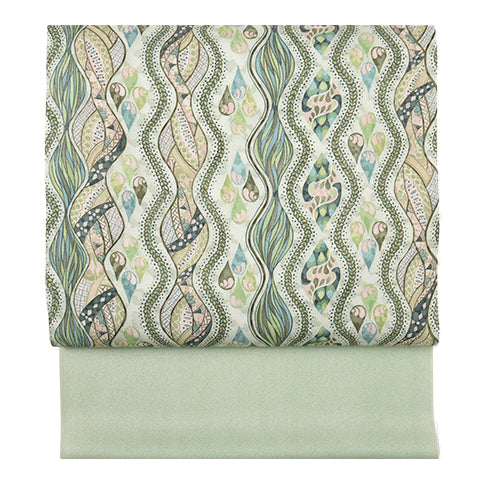 名古屋帯
名古屋帯
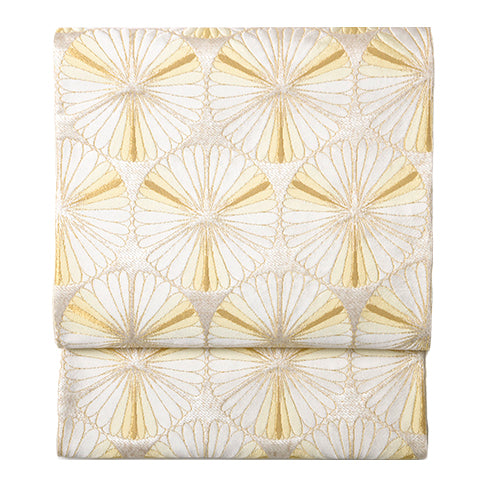 袋帯
袋帯
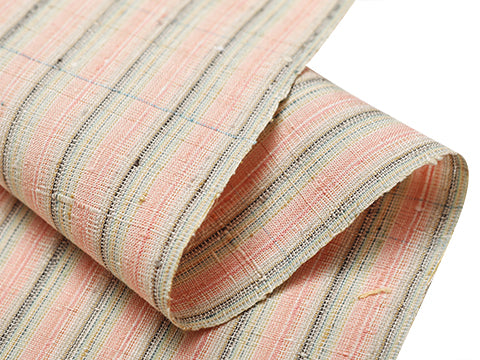 紬・綿・自然布
紬・綿・自然布
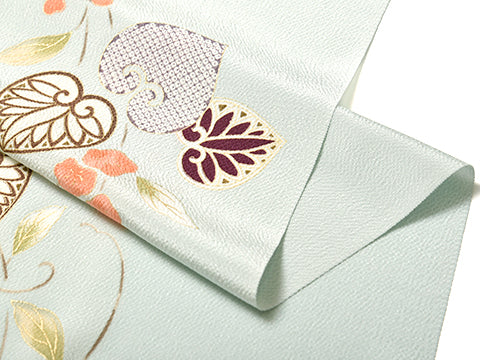 小紋・江戸小紋
小紋・江戸小紋
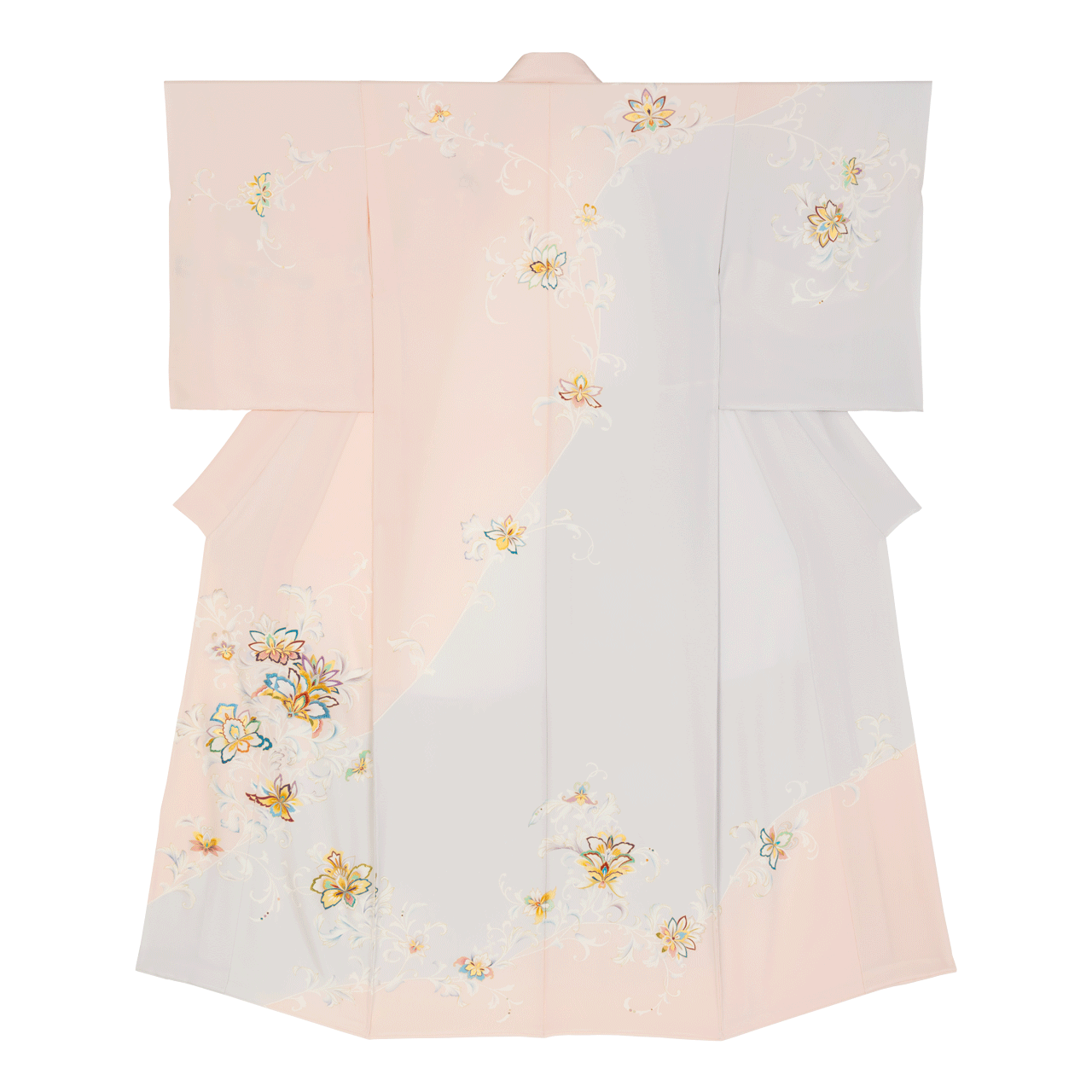 訪問着・付下げ・色無地ほか
訪問着・付下げ・色無地ほか
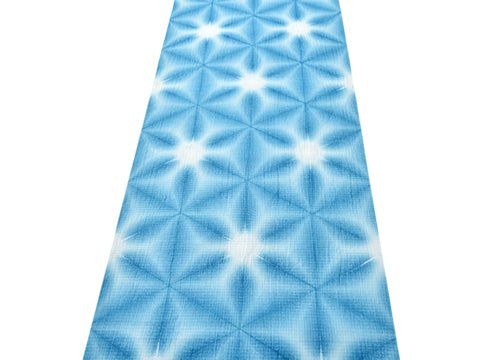 浴衣・半巾帯
浴衣・半巾帯
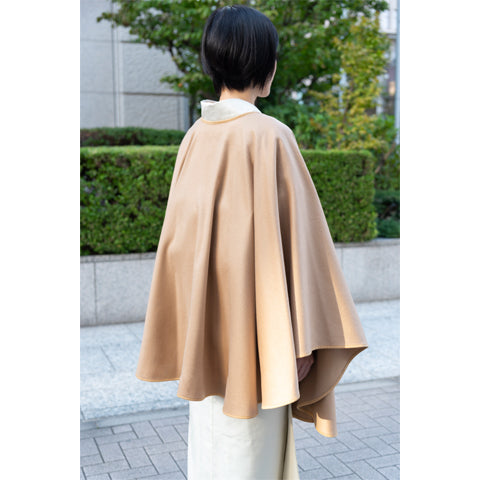 羽織・コート
羽織・コート
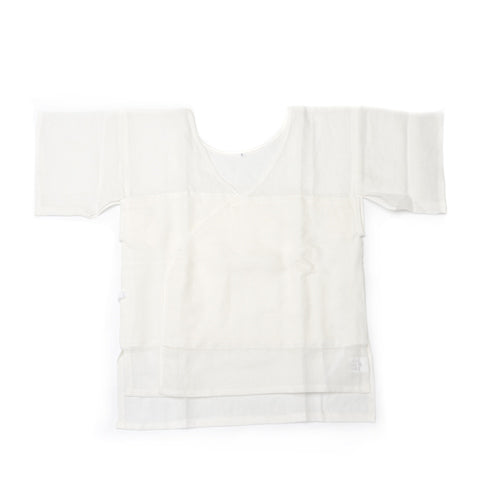 肌着
肌着
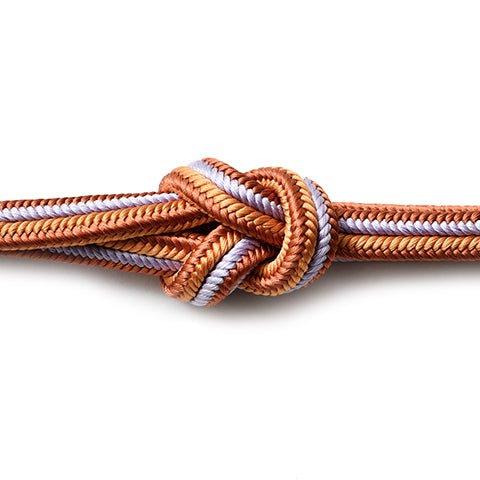 小物
小物
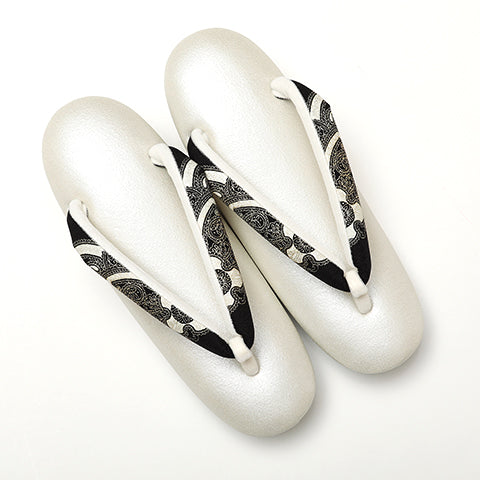 履物
履物
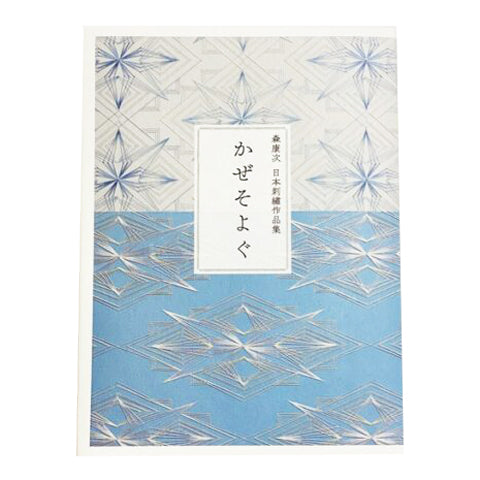 書籍
書籍
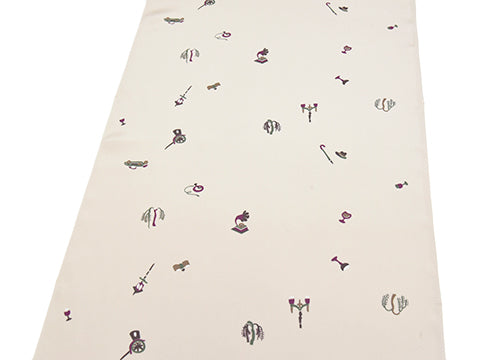 長襦袢
長襦袢
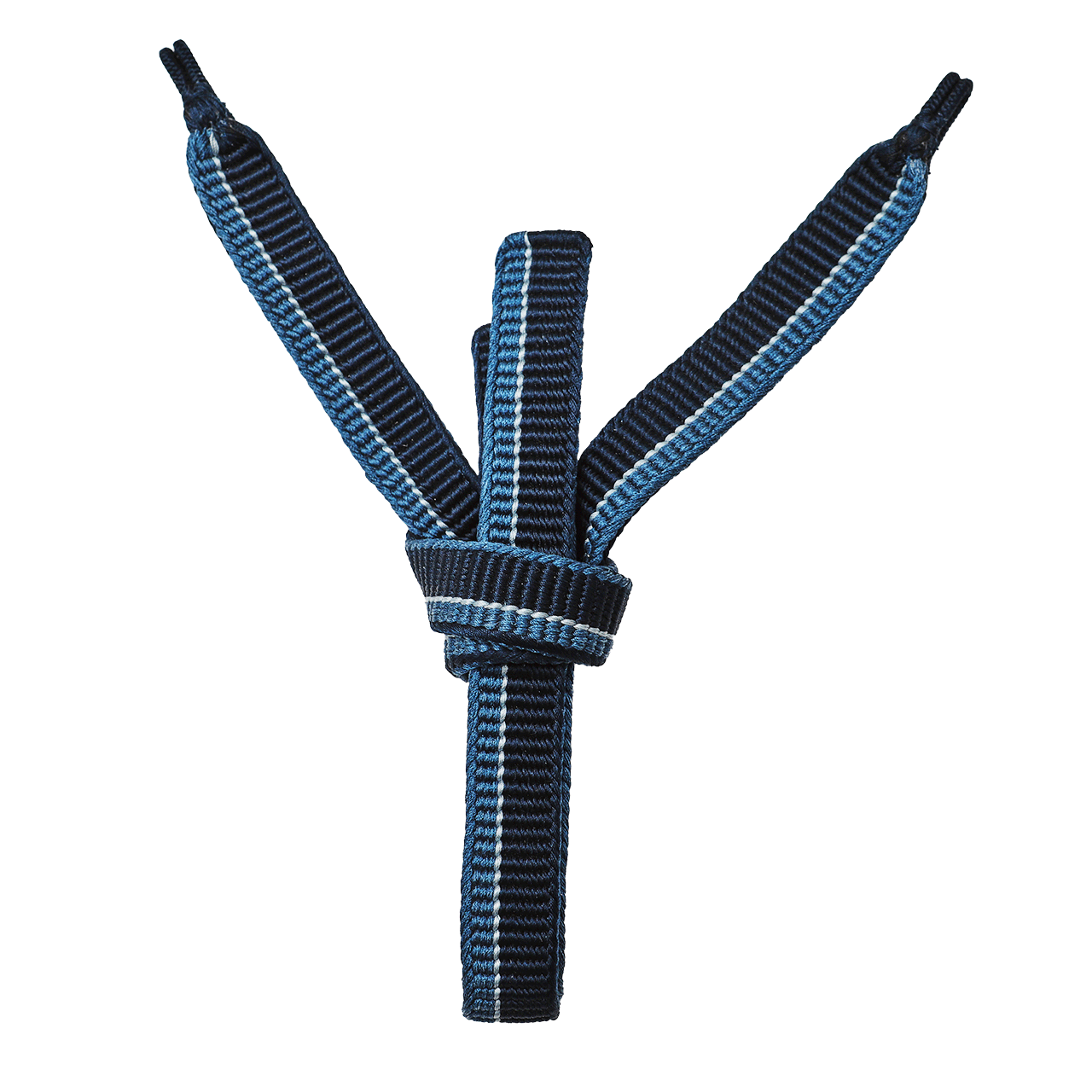 小物
小物
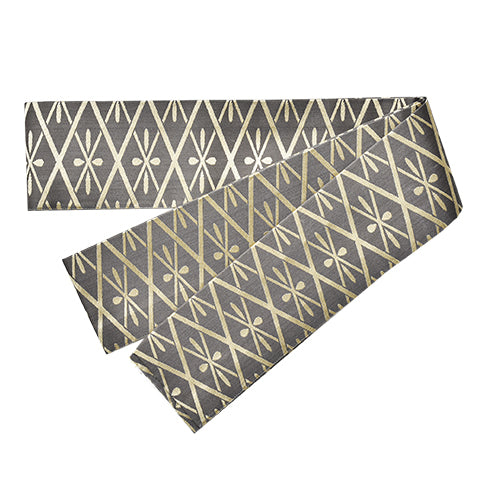 帯
帯
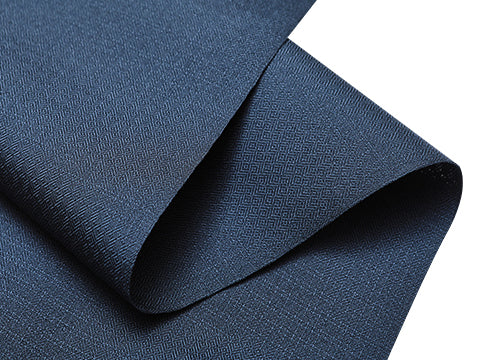 お召
お召
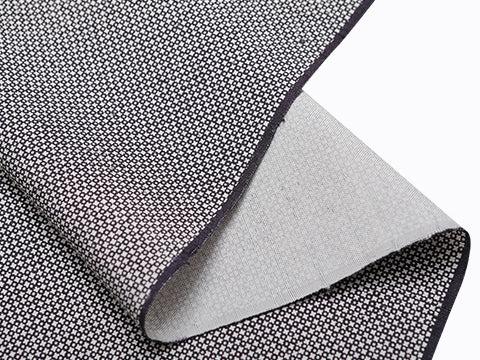 小紋・江戸小紋
小紋・江戸小紋
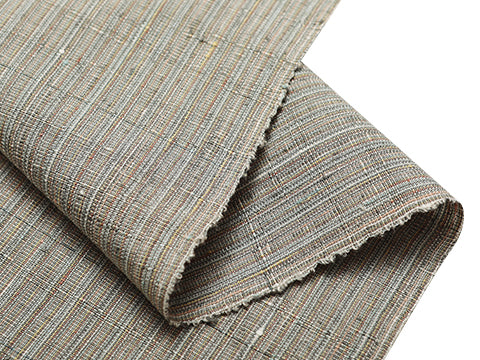 紬・綿・自然布
紬・綿・自然布
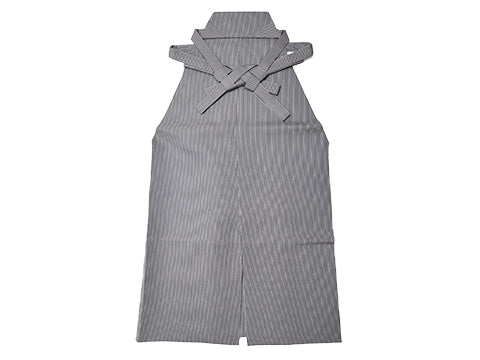 袴
袴
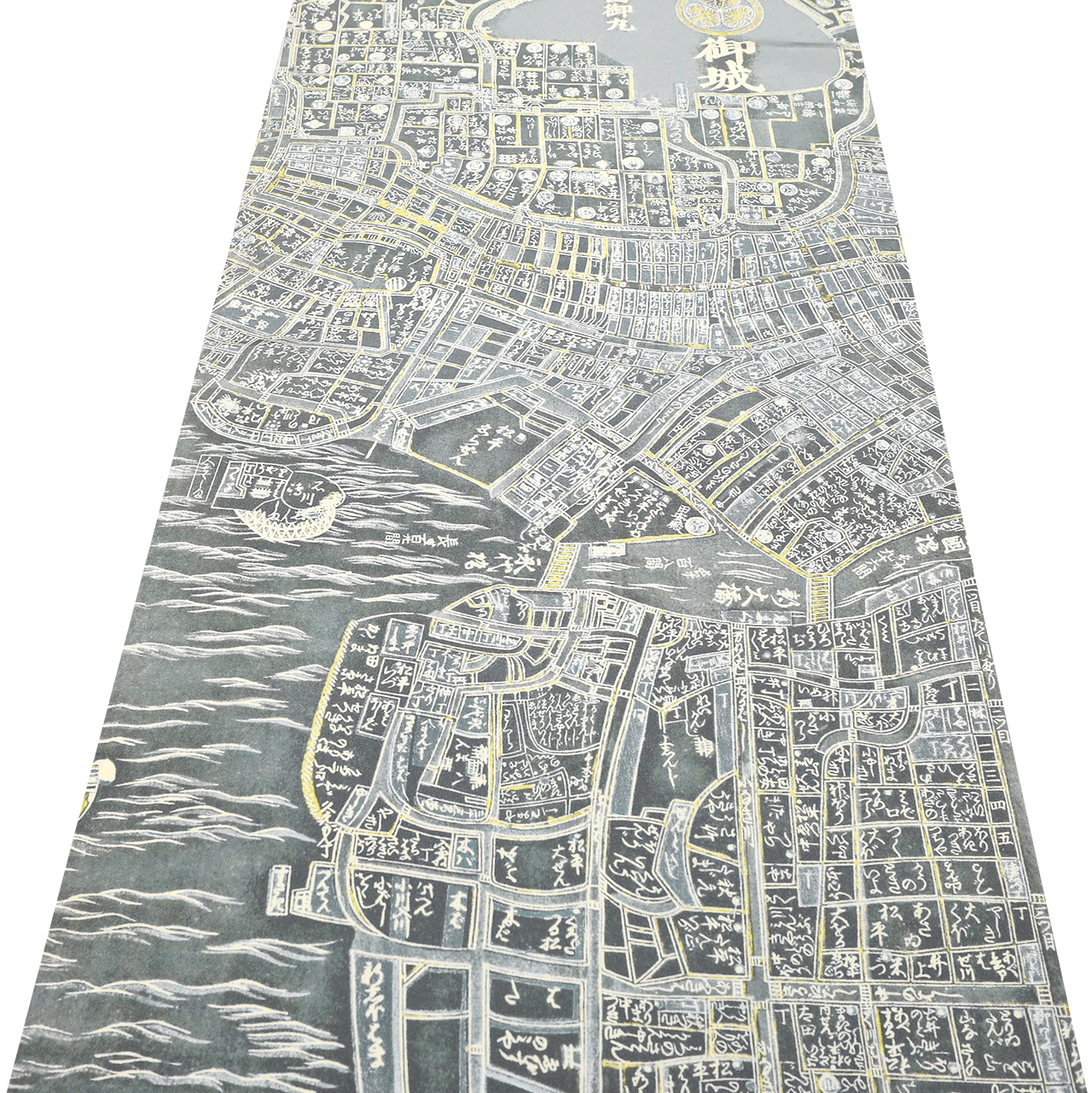 長襦袢
長襦袢
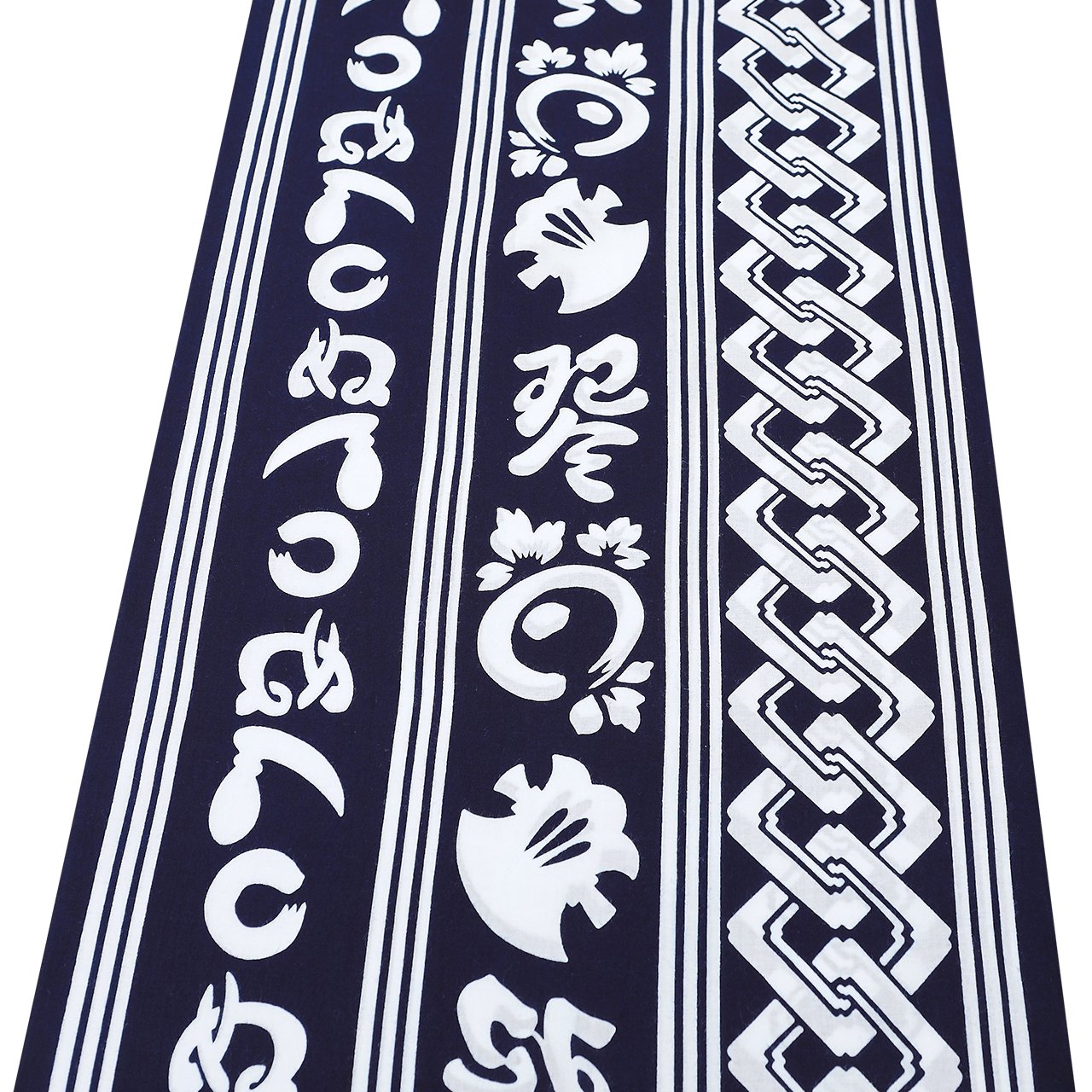 浴衣
浴衣
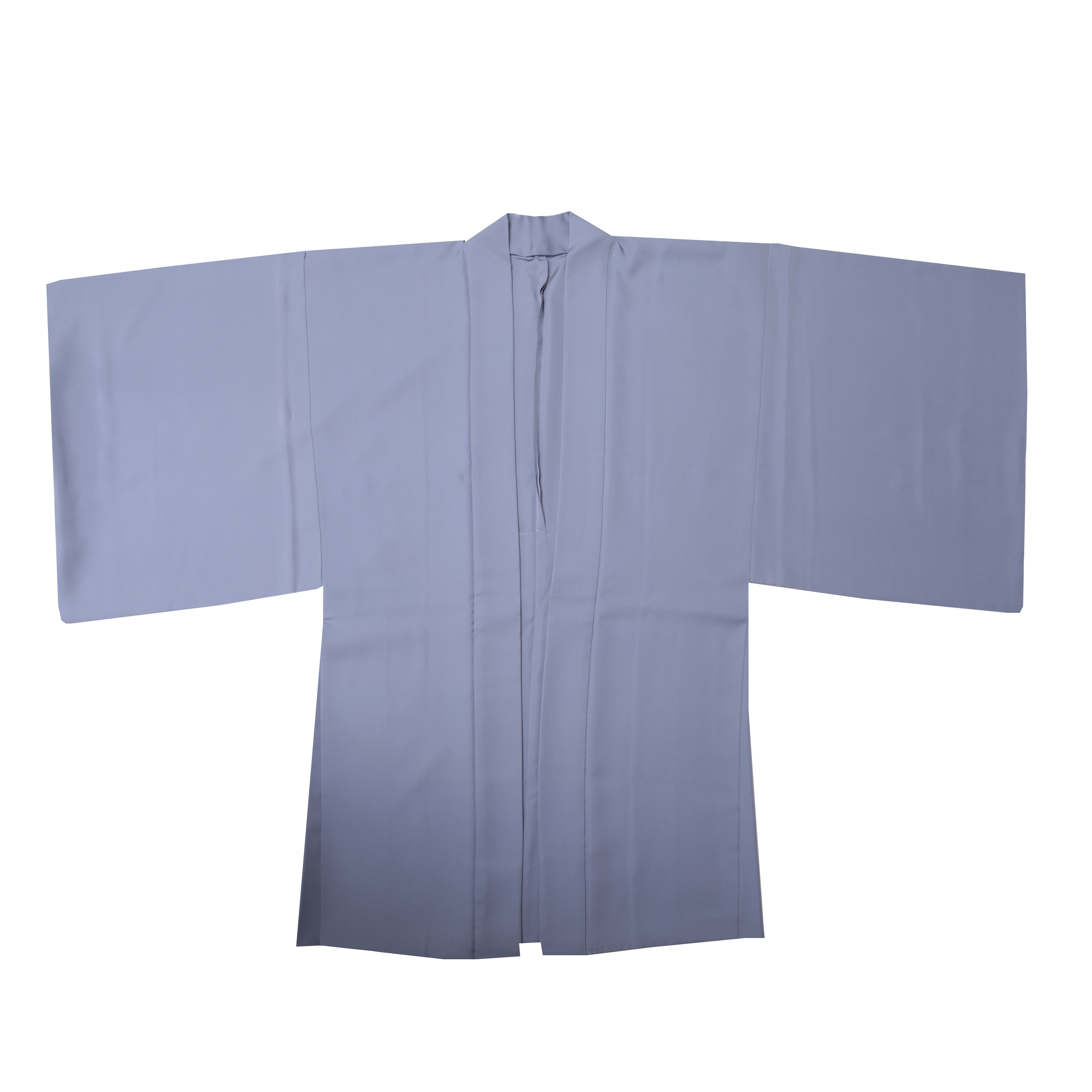 羽織・コート
羽織・コート
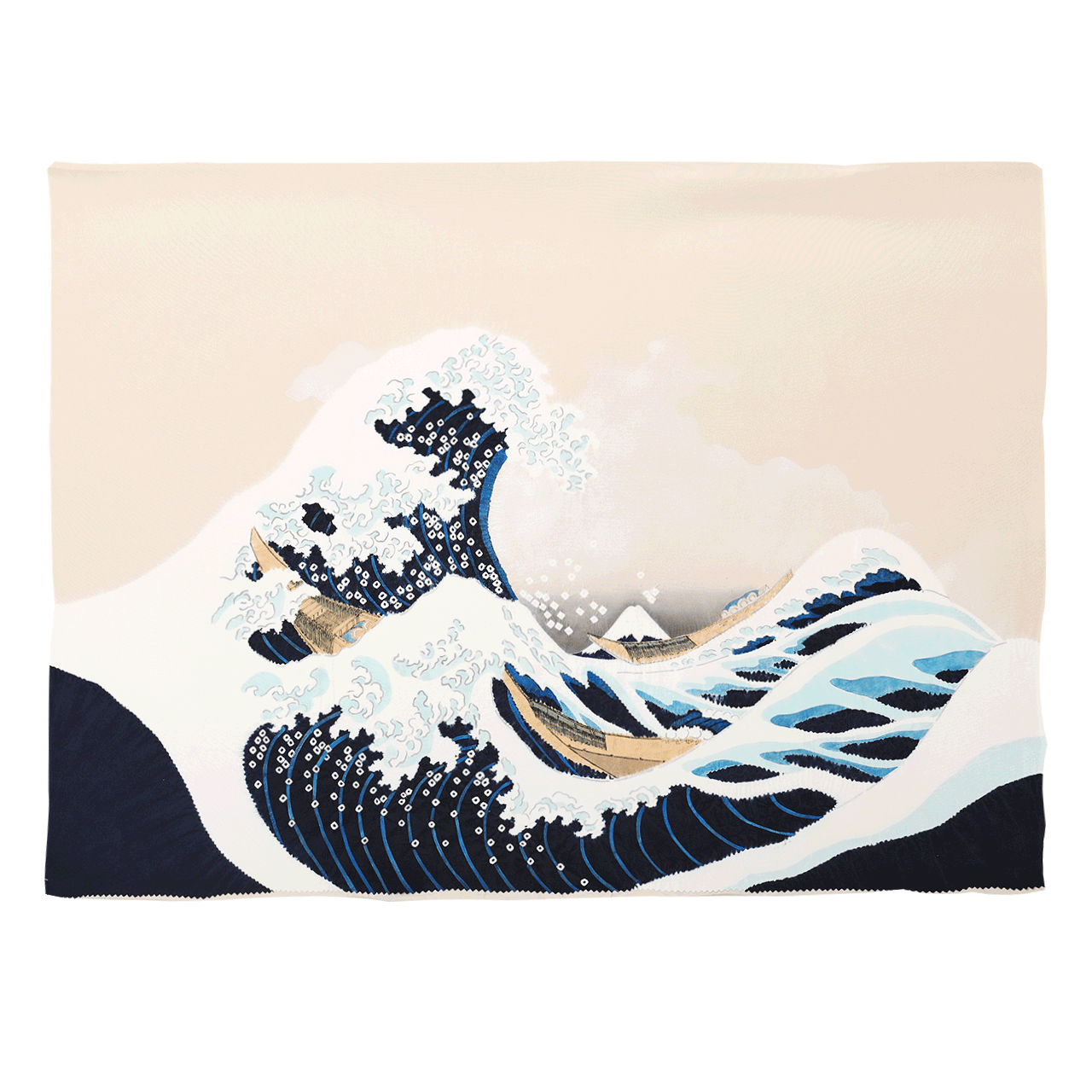 額裏
額裏
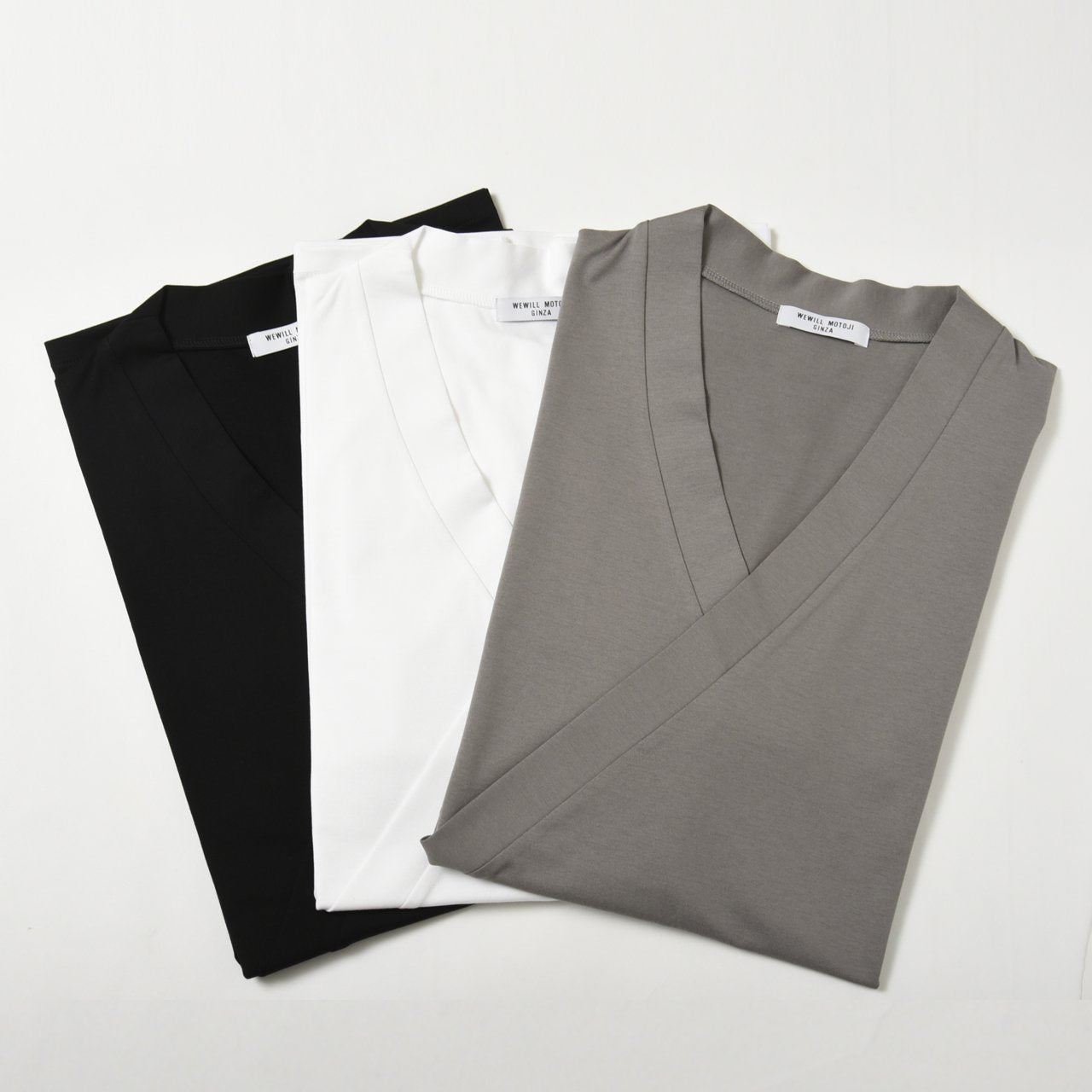 肌着
肌着
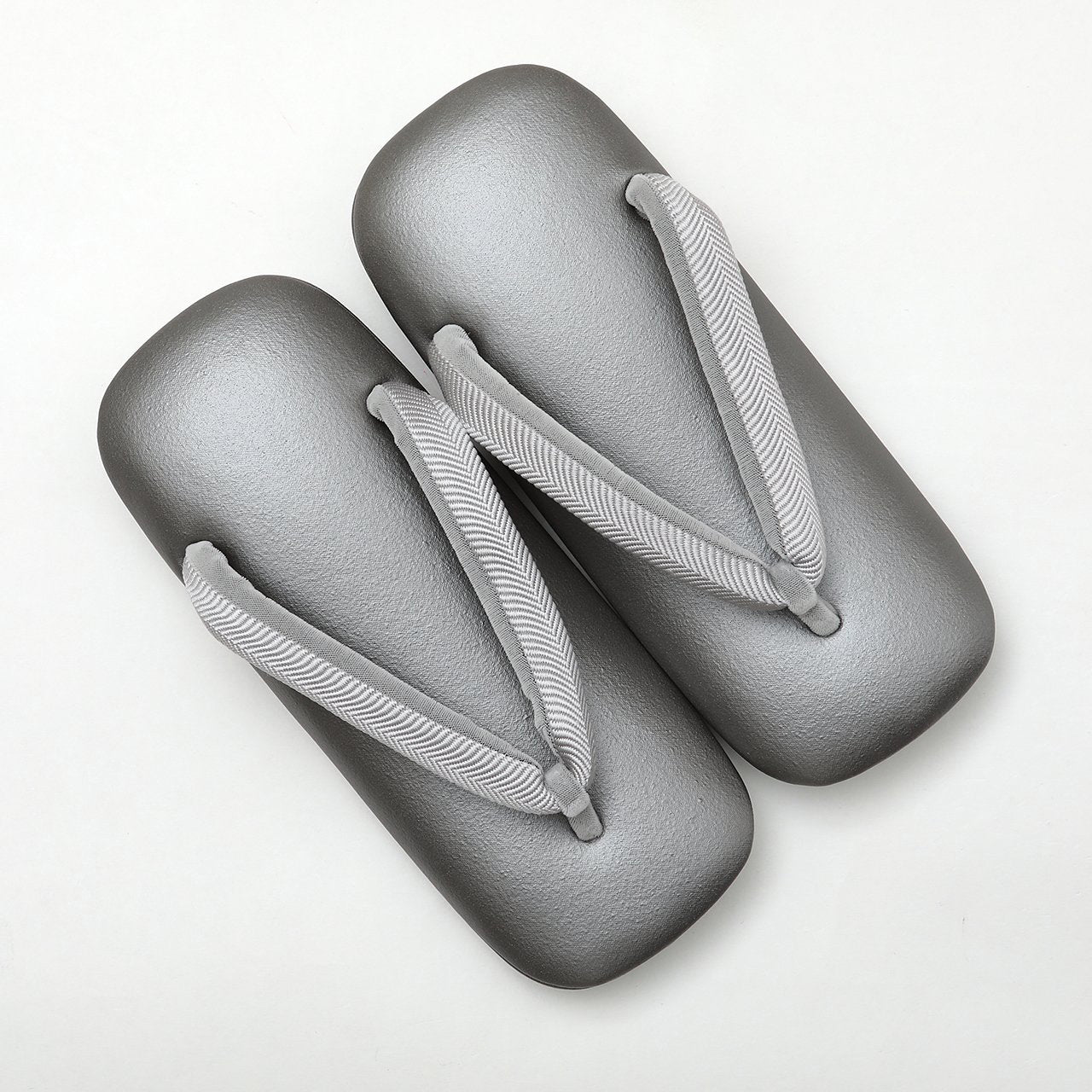 履物
履物
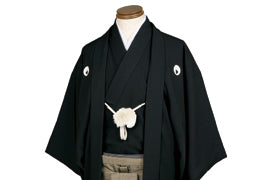 紋付
紋付
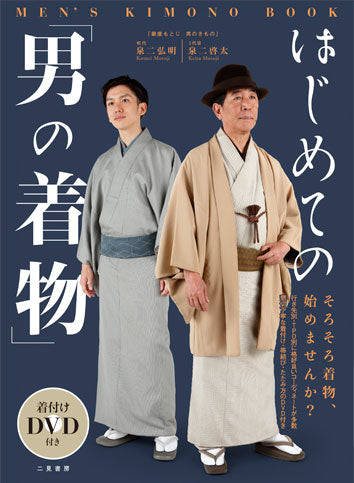 書籍
書籍